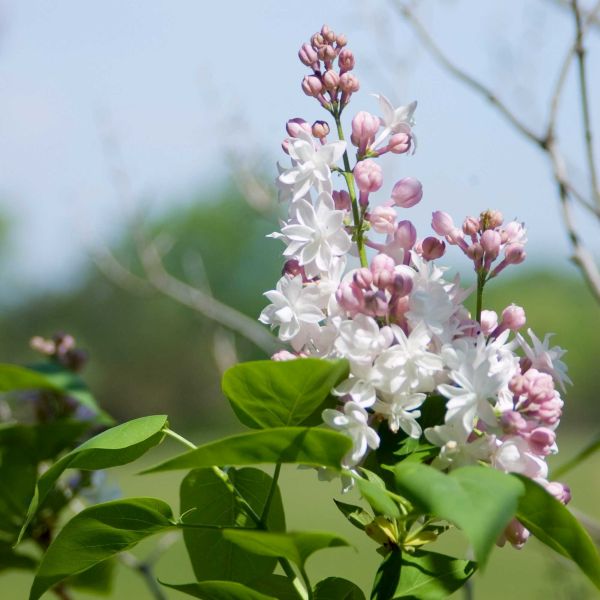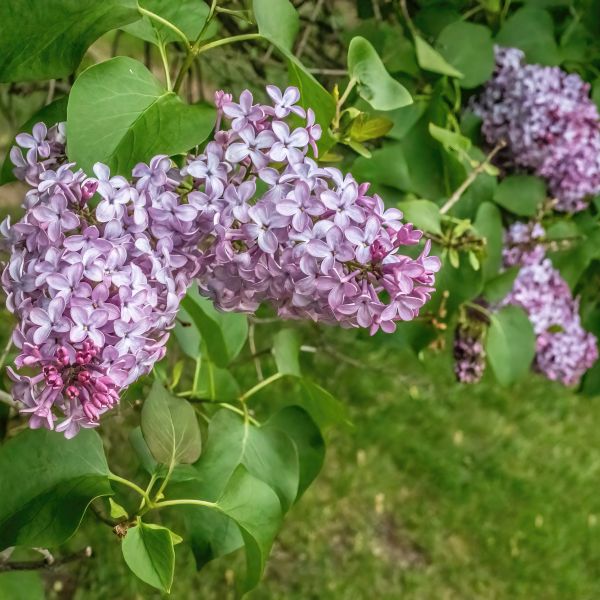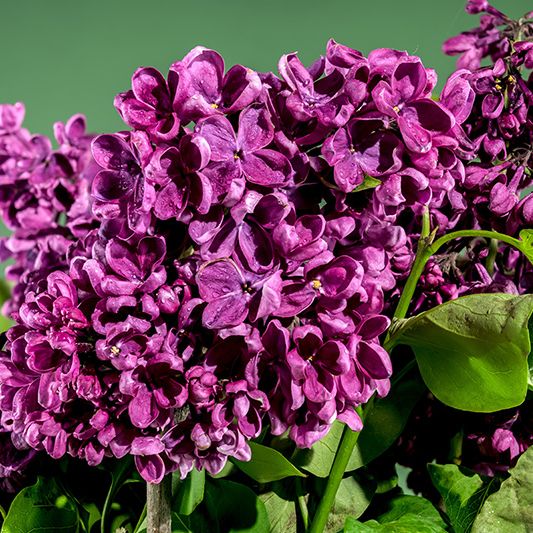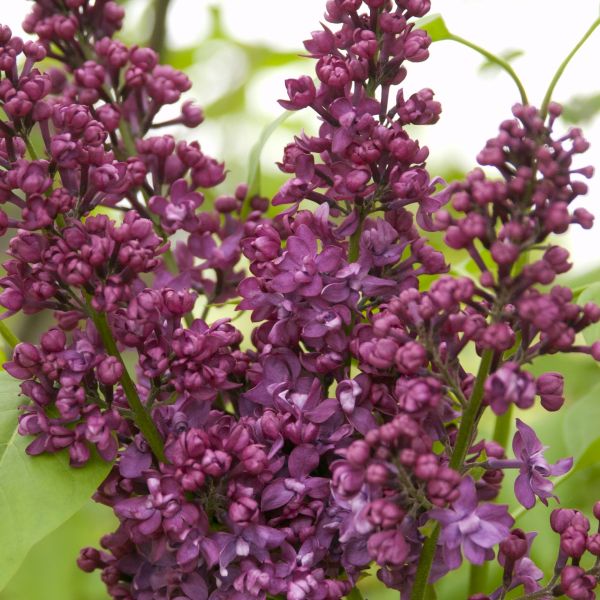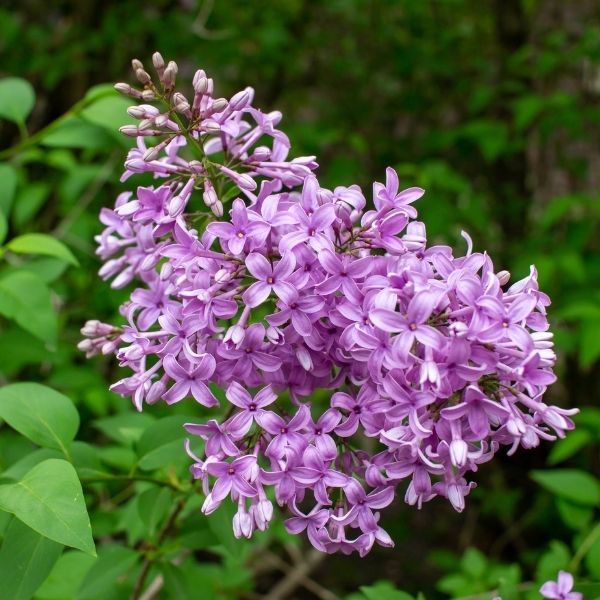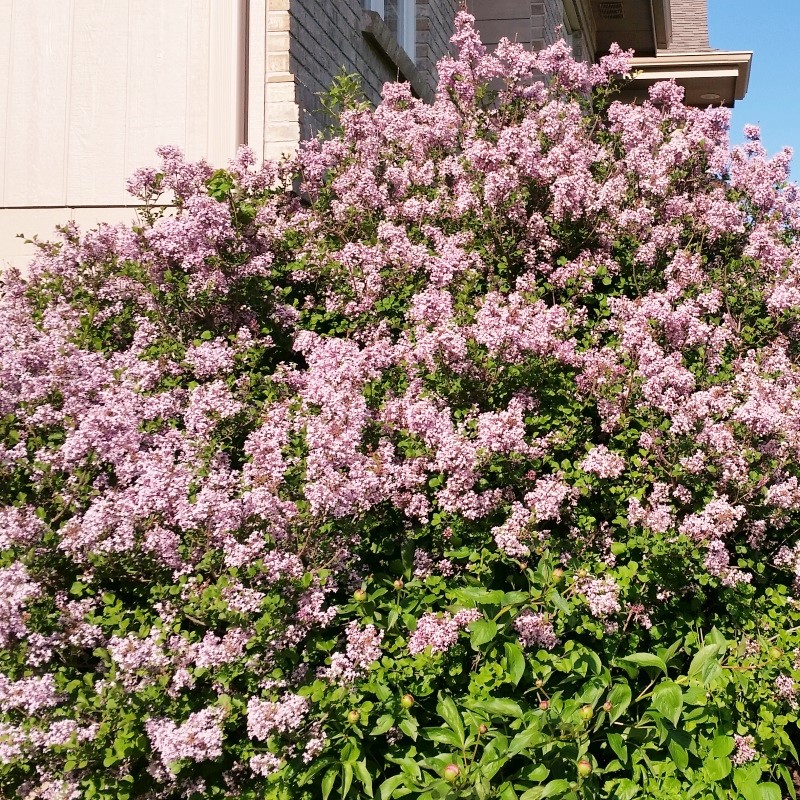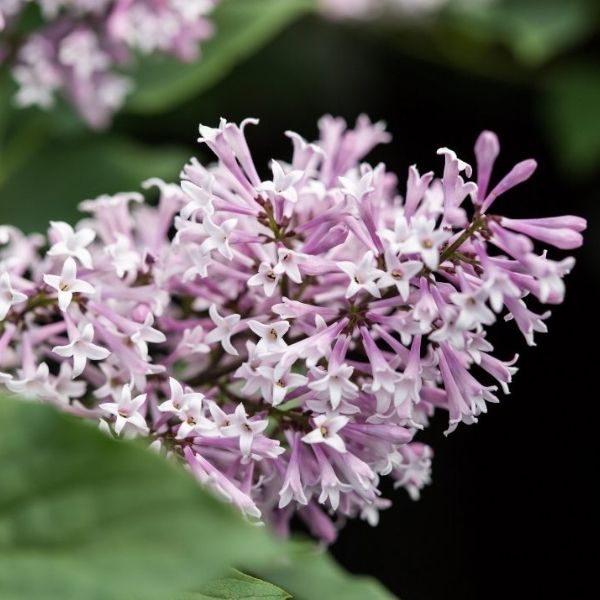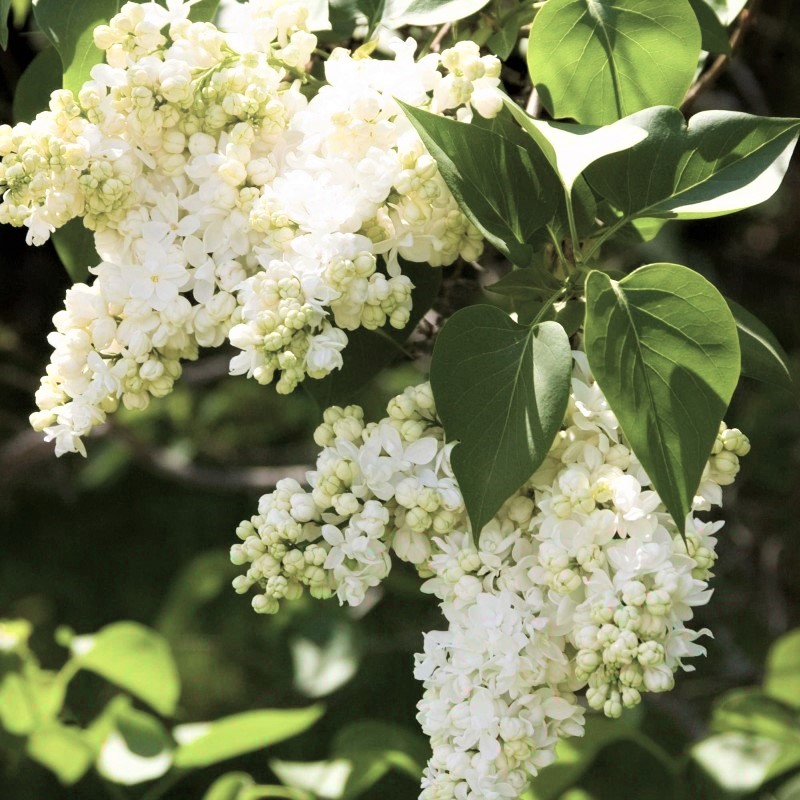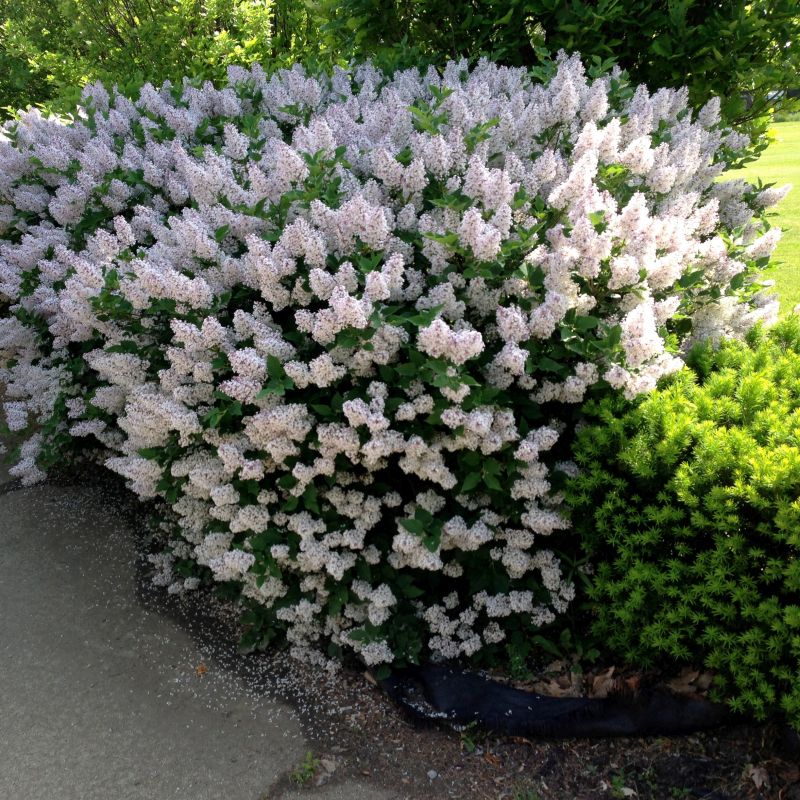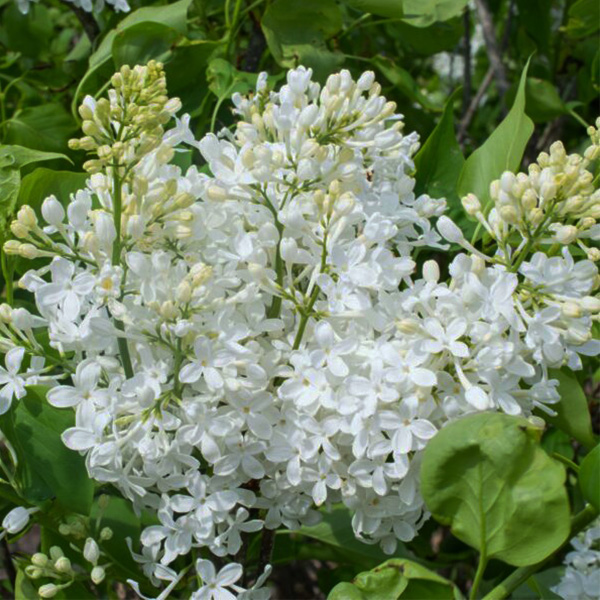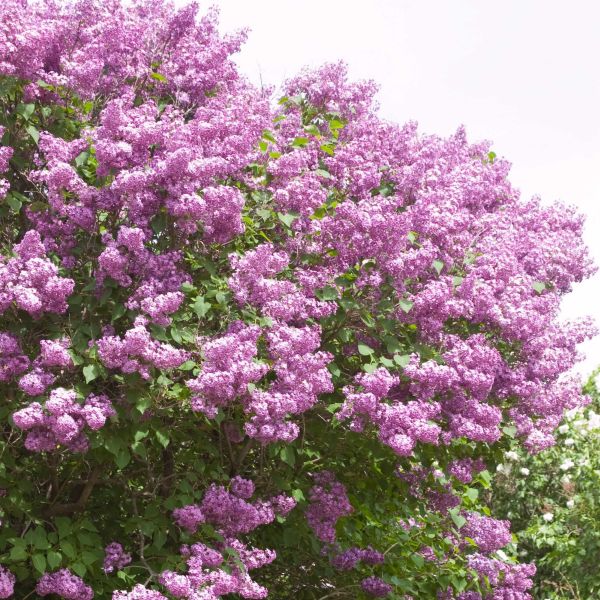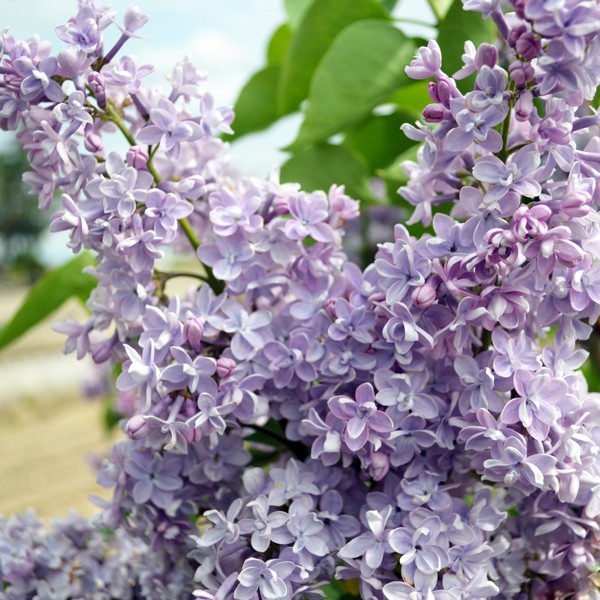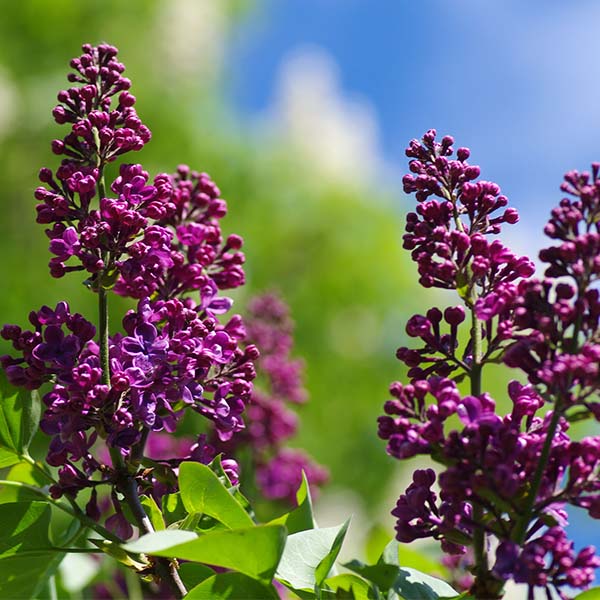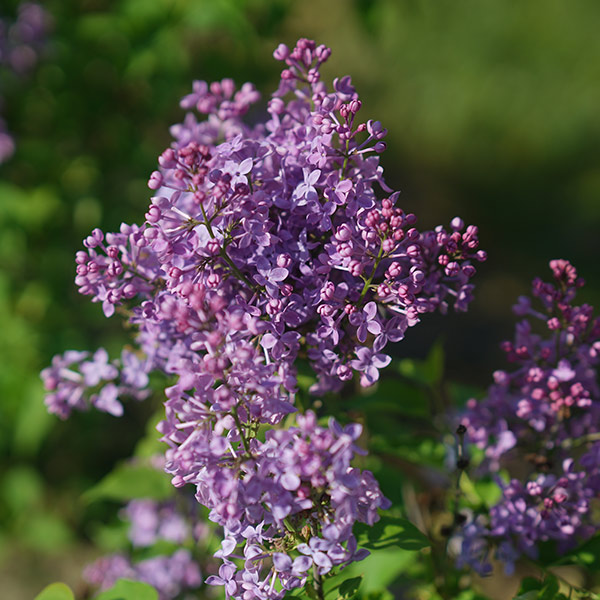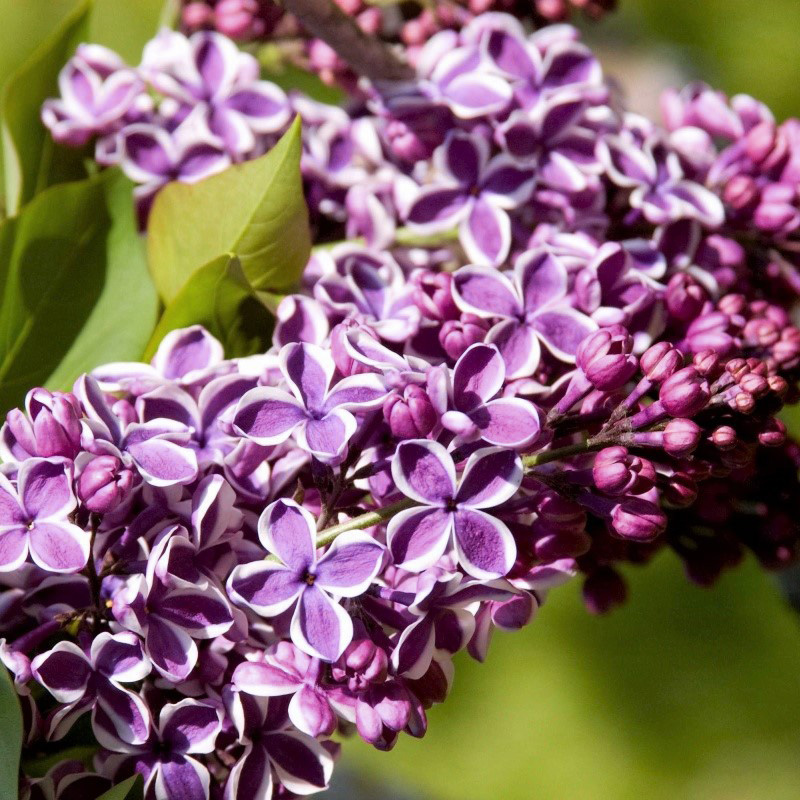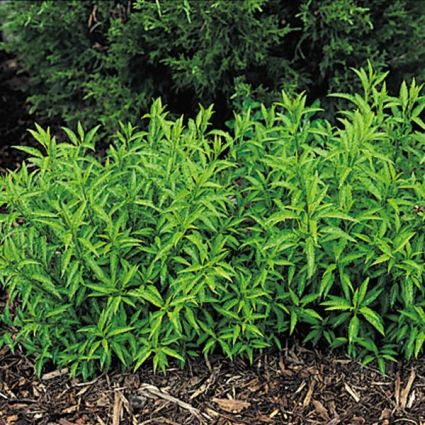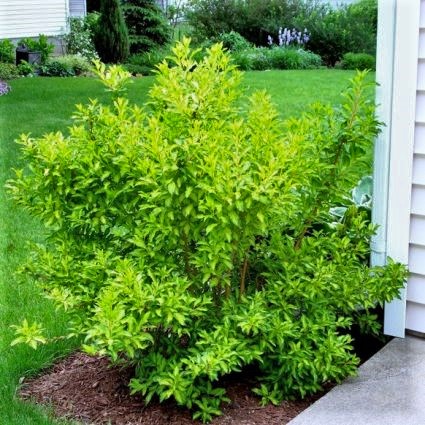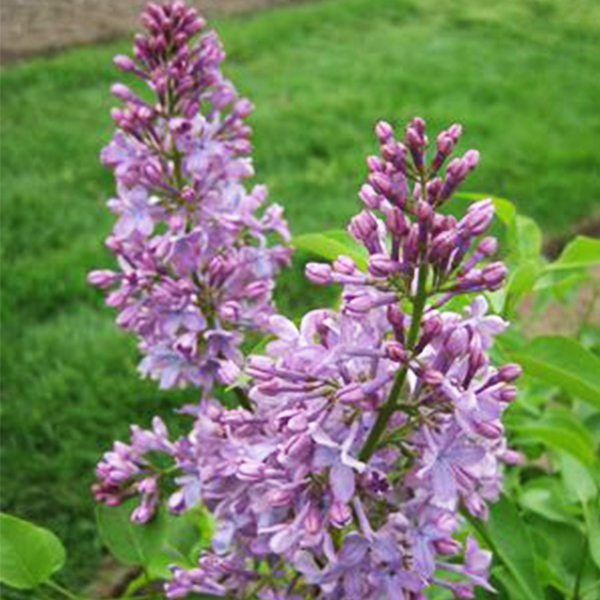
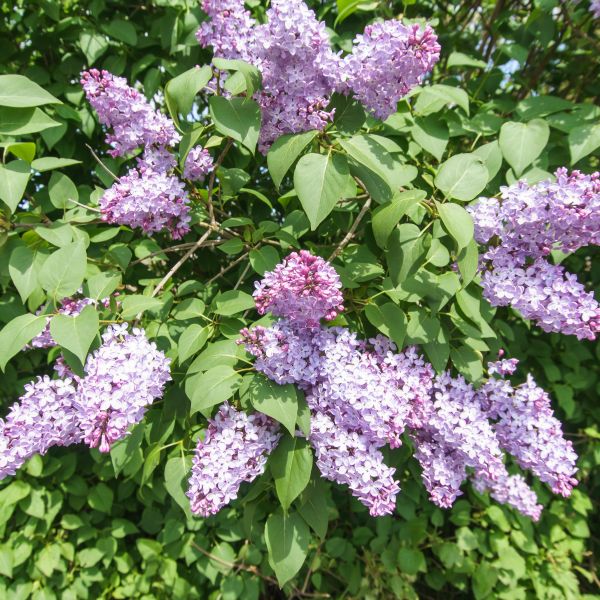
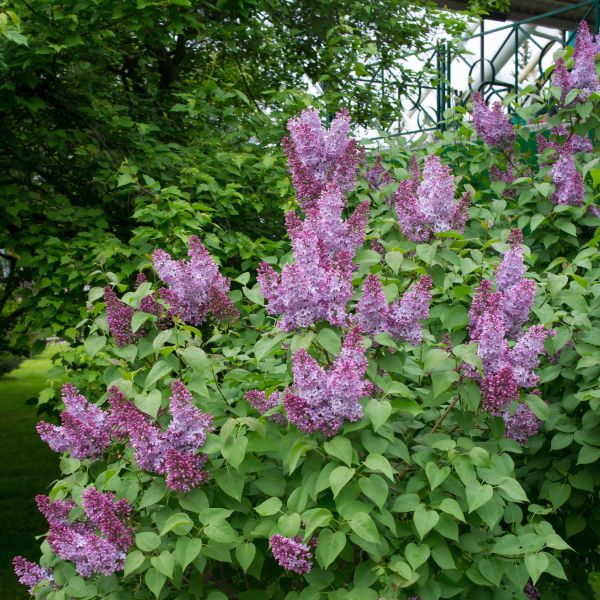
Tiny Dancer Lilac
Syringa vulgaris 'Elsdancer'
17 reviews
Tiny Dancer Lilac
Syringa vulgaris 'Elsdancer'
17 reviews
2.5 Gallon
We are sorry, product is currently out of stock due to seasonal availability. Please check the "Related plants available in your area" section below
Not just beautiful - intentionally selected by ShrubHub's 3D landscape design team to fit real-world spaces and maximize yard potential.
Why Tiny Dancer Lilac?
Tiny Dancer Lilac is a compact and petite deciduous shrub with a rounded growth habit. It produces fragrant, lavender-purple flowers in late spring to early summer that are attractive to bees and butterflies. This cultivar is perfect for small gardens or containers, reaching a height of only 1-2 feet tall and wide. It is easy to care for and requires full sun with well-draining soil. The Tiny Dancer Lilac is a beautiful addition to any landscape.
Related plants available in your area
Sunlight
Full sun.
Watering
The watering requirement for Tiny Dancer Lilac is moderate, with regular watering needed to keep the soil consistently moist but not waterlogged.
Fertilizing
The fertilizer requirement for Tiny Dancer Lilac is typically high, with a preference for a balanced fertilizer that contains equal parts nitrogen, phosphorus, and potassium.
Tiny Dancer Lilac: The Master of Lavender Pink Charm
Without the right plants in your landscape design, you will be missing out on a whole new world, one that breathes life into your garden. That’s why one of the clever ways to find new life in things that have already been worn down is by growing the tiny dancer lilac. Simply put, this cold-hardy plant is your ticket to a dreamy luxurious escape!
If you want delicacy, decency, and elegance in a plant, you can’t go wrong with the tiny dancer lilac. Once the violet-purple buds open, they add an air of dreaminess to your space. Adorned with show-stopping light pink lavender flowers, this plant brings to the scene an unmatched royal vibe and the magnificent memorable scent of the lilacs.
Syringa vulgaris Tiny Dancer 'Elsdancer' is a small deciduous shrub that boasts remarkable heat tolerance and has a compact form, a medium growth rate, and a mature size of 4 to 5 feet in height and 3 to 4 feet in spread, featuring USDA hardiness zones of 4 to 8.
Thanks to its rounded, compact shape, the tiny dancer lilac exudes quality and adds a touch of historic charm to any small garden. If you think that because this plant is small it wouldn’t create the artsy vibe you want for your plot, think again. Although small, the tiny dancer lilac is a pro when it comes to mesmerizing your guests.
To evoke feelings of delight and pleasure whenever you step into your backyard, plant your tiny dancer lilac in full sun in well-drained soil.
It’s time to create a lavender oasis and cherish the royal mood of your outdoor space. It’s time to grow the tiny dancer lilac!
Order your tiny dancer lilac from ShrubHub today!
Plant Information:
| Botanical Name: | Syringa vulgaris 'Elsdancer' |
| USDA Zones: | 4 - 8 |
| Water: | Moderate |
| Exposure: | Full Sun |
| Soil Needs: | Well Drained |
| Mature Height: | 4 - 5 feet |
| Mature Spread: | 3 - 4 feet |






Pollination Info
Pollination Info for Tiny Dancer Lilac (Syringa vulgaris 'Elsdancer')
Tiny Dancer Lilac is a deciduous shrub that produces fragrant, purple-pink flowers in spring. The plant is self-fertile, which means it can produce fruit without cross-pollination. However, cross-pollination can increase the quantity and quality of the fruit, and also promote genetic diversity.
The primary pollinators for lilacs are bees, particularly honeybees and bumblebees. Other insects such as butterflies and moths may also visit the flowers, but they are not as effective in pollination.
To attract pollinators to your Tiny Dancer Lilac, plant it in a sunny location with well-drained soil. Avoid using pesticides as they can harm pollinators. Water the plant regularly during dry spells to ensure that the flowers and nectar are available to bees and other insects.
Cross-pollination can occur between different cultivars of Syringa vulgaris, so if you have other lilac cultivars nearby, it may increase the chances of cross-pollination and result in a better fruit yield.
FAQ
Tiny Dancer Lilac (Syringa vulgaris 'Elsdancer') FAQ
- What is a Tiny Dancer Lilac?
Tiny Dancer Lilac or Syringa vulgaris 'Elsdancer' is a compact, deciduous shrub that produces clusters of fragrant, lilac-colored flowers in the spring.
- How does the plant grow?
This lilac is a slow-growing, low-maintenance shrub that prefers full sun to partial shade and well-drained, moist soil. It grows to a height of about 3-4 feet with a spread of 2-3 feet.
- When does the plant bloom?
The Tiny Dancer Lilac blooms in the spring, typically in May, and produces fragrant, lilac-colored flowers that are attractive to pollinators like butterflies and bees.
- How do I care for the plant?
The Tiny Dancer Lilac requires minimal care; water the plant regularly, especially during hot or dry weather, and fertilize once a year in the spring to encourage healthy growth. Pruning is optional but can be done after the plant has finished blooming in the spring to shape or maintain size if desired.
- Is the plant deer-resistant?
While no plant is completely deer-proof, the Tiny Dancer Lilac is known to be less attractive to deer than other varieties of lilac.
- Can the plant be grown in a container?
Yes, the Tiny Dancer Lilac can be grown in a container. Use a large pot with well-draining soil and place it in an area that receives at least six hours of direct sunlight per day. Water regularly and fertilize once a year for best results.
- What are some companion plants for the Tiny Dancer Lilac?
Some good companion plants for the Tiny Dancer Lilac include peonies, roses, and other flowering shrubs or perennials that bloom in the spring. The lilac's fragrant and colorful blooms pair well with a variety of other plants.
Planting & Care
Planting Tiny Dancer Lilac
1. Choose a location with well-drained soil and full sun exposure (at least 6 hours of direct sunlight per day).
2. Dig a hole approximately twice the size of the root ball and loosen the soil at the bottom of the hole.
3. Remove the plant from its container and gently loosen any tangled roots. Place the root ball into the hole and backfill with soil, tamping it down gently as you go.
4. Water the plant thoroughly.
Caring for Tiny Dancer Lilac
1. Water the plant deeply once or twice a week, depending on weather conditions.
2. Apply a balanced fertilizer in early spring before new growth appears.
3. Prune the plant immediately after flowering, removing up to one-third of the oldest branches to encourage new growth.
4. Mulch around the plant to retain moisture and prevent weeds.
5. Monitor the plant for pests and disease, such as powdery mildew or scale insects.
Check Out These Verified Customer Reviews:
Customer Reviews
4.7 out of 5 based on 17 reviews
Thank you! Your review has been submitted.
Gorgeous lilac color!
Absolutely love my Tiny Dancer Lilac! It adds a pop of color to my yard and the fragrance is so lovely.
The website was user-friendly and I had no issues ordering. The Tiny Dancer Lilac exceeded my expectations.
Item has been added to your cart.



